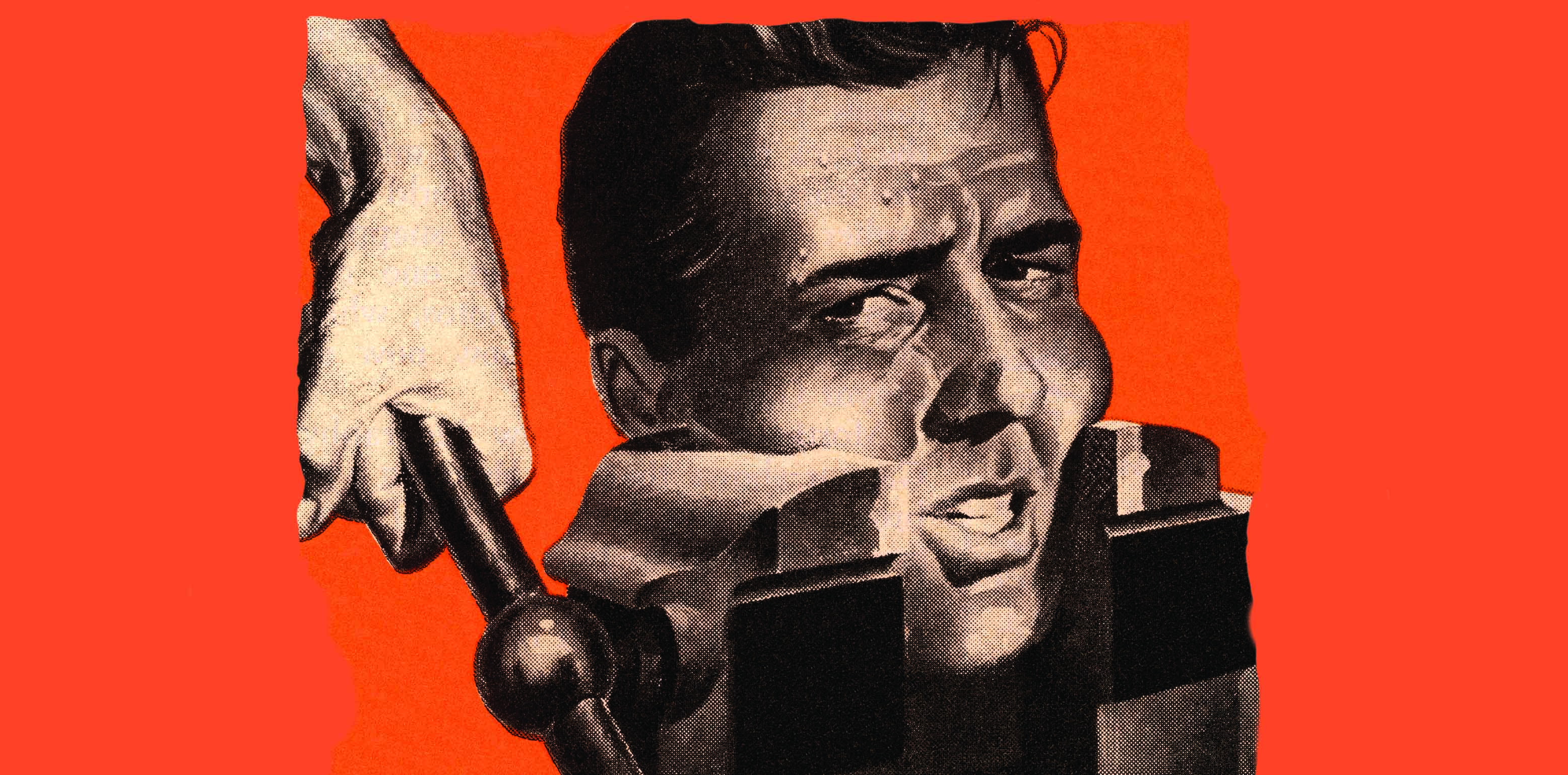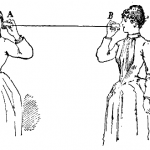Research suggests the human brain up-and down-regulates pain a great deal depending on the biopsychosocial context
Patients who understand contemporary pain science actually experience less pain in the long term, an Australian expert says.
Speaking at a rheumatology conference in Brisbane recently, Lorimer Moseley, a professor of clinical neuroscience at the University of South Australia, said a growing body of evidence suggested that patients who learned to reconceptualise their pain actually had better pain outcomes.
“If people learn why they hurt, they hurt less,” he said.
“If people are not understanding why active therapies are good and why psychological intervention is good and why it is safe to move despite pain, they are not going to buy it.”
Traditionally, pain has been explained to patients using a structural-pathology model, where damaged tissue sends a neural signal to the brain – and the severity of the pain is roughly proportional to the scale of the injury.
Modern pain science has long-since overturned that idea, showing that the human brain up-and down-regulates pain a great deal depending on the biopsychosocial context.
For example, experiments had shown that patients who were given a very cold stimulus experience much more pain when they were exposed to red light (which signifies danger) than a blue light, Professor Moseley said.
Similarly, experiments had demonstrated that pain was significantly worse when a person was also exposed to a bad odour, he said.
A more scientifically accurate description of pain could be conveyed to patients using the DIMs-SIMs model, where DIM stands for “Danger in Me” and SIM stands for “Safety in Me”, Professor Moseley said.
Patients should be taught that pain was a protective response, generated by a complex interaction between different, competing neural networks in the brain.
Signals from the physical body were one part of the equation, but information from other neural networks, including the senses, beliefs and thoughts, could make pain significantly better or worse.
While the underlying biology of a disease might be similar across different patients, danger signals and safety signals that modulated pain levels were highly individual, he said.
“In arthritis, there are DIMs to do with inflammatory processes in the joint,” he said. “There are also DIMs that, once your system becomes sensitised, might incorporate interest rates, relationships, mortgage pressure, job satisfaction. And we understand the biology of how all of those non-somatosensory cues can change the protection-meter setting.
“We encourage patients to look for DIMs and remove them when they can, and to look for SIMs and to put them in where they can, because the relationship between DIMs and SIMs is what determines the output, the setting of your protection meter.”
Interestingly, doctors could inadvertently make pain worse by choosing words that screamed “danger” to the patient, Professor Moseley said.
“You might say to someone, ‘So, you’ve got a bad back? At your age we all have wear and tear. A slipped disc is not rare. Backs go out from time to time. Sometimes they get stuck and might pinch a nerve, sending pain messages to your brain. This is just a part of life. The best thing you can do is get active and seek psychological therapy. I’ll give you a referral.”
While this was best practice care, it broke all the rules on the things you should not say.
“A better way is something like this, ‘So you’ve got back pain. Like all humans, your back is adapted to life. We can see that on your scans. Backs are very well protected by a highly sophisticated alarm system. Yours is working too well. That’s normal when pain persists. Other things, unrelated to your back, can still make your pain worse. You can retrain the system and there are experts in the best ways to do that. Would you like to know more?’
“That would be a scientifically more coherent, full of SIMs, inviting them to do something. Not, ‘I’ll give you a referral’.”



